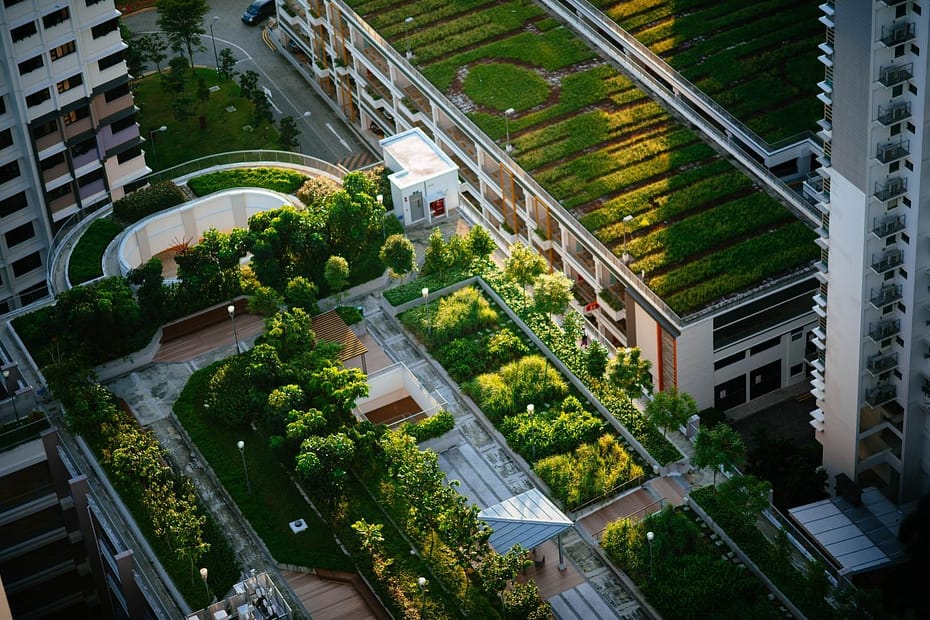In today’s world, the importance of environmental sustainability in architecture has become increasingly evident. As we design and construct buildings, we consume significant resources and leave a lasting impact on the planet. However, the concept of sustainable architecture offers a compelling alternative – one where buildings seamlessly integrate with their surroundings and contribute positively to the environment.
Embracing Holistic Design Principles
Sustainable architecture goes beyond simply adding solar panels or other green features to buildings. It involves a holistic approach that considers the entire lifecycle of a structure, integrating social and environmental concerns into every aspect of design and construction.
Core Principles of Sustainable Architecture
At its core, sustainable architecture aims to create buildings that are not just environmentally friendly but also promote human well-being. These buildings draw inspiration from renewable energy sources and demonstrate resourcefulness in their design and construction processes.
Energy Efficiency
Key principles of sustainable architecture include energy efficiency, responsible water management, and the use of sustainable materials. By optimizing design elements such as daylighting and natural ventilation, architects can reduce the need for artificial lighting and cooling systems, thus minimizing energy consumption.
Responsible Material Selection
Furthermore, sustainable architecture emphasizes the importance of using locally sourced materials and incorporating recycled or reused materials whenever possible. By reducing the environmental impact of material sourcing and construction, architects can create buildings that are healthier for both occupants and the planet.
Economic Advantages of Sustainability
In addition to environmental benefits, sustainable construction offers significant economic advantages. While initial costs may be higher, the long-term savings from reduced energy consumption and operating costs often outweigh these expenses. Moreover, sustainable buildings tend to command higher rental and resale values, further increasing their profitability.
Social Impact and Community Resilience
From a social perspective, sustainable architecture improves indoor environmental quality, enhances quality of life, and fosters community resilience. By prioritizing factors such as air quality, thermal comfort, and access to natural light, architects can create healthier and more enjoyable spaces for occupants. Additionally, sustainable buildings can stimulate local economic development and create opportunities for green job creation.
Conclusion: Towards a Sustainable Future
In conclusion, sustainable architecture represents a crucial shift towards more environmentally responsible and socially conscious design practices. By embracing sustainability principles, architects can play a significant role in addressing global challenges such as climate change and resource depletion. As we move forward, it is essential for designers, architects, and construction professionals to prioritize sustainability and work towards creating a more sustainable built environment for future generations.
More on INJ Architects:
Sustainable Building Materials: Trends in Eco-Friendly Construction

